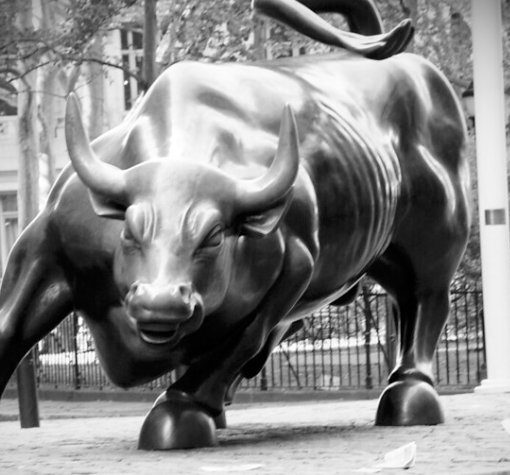In this series, we’ve asked Covestor managers: “What is the single most important lesson you’ve learned about being a successful investor, and how do you try to apply that today?”
Author: Brendan Ruchert-Dixon
Covestor model: Alpha Trapper
Investing has never been my full-time profession, but I have had an interest in mathematics since I was a child. Between 1998 and 2003, I attended Stanford University, earning Bachelors and Masters degrees in Computer Science. Since then, I have worked as a professional software developer for small and large companies in Silicon Valley. Around the time I was graduating from college I became interested in investing, motivated by both the fun of it and the potential for building enough savings to generate a decent passive income. Since then, I have learned a lot and continue to hone my skills.
The most important lesson I have learned as an investor is to make decisions based on an honest assessment of the risks and rewards of a situation, rather than my own hopes and emotions. This is relevant when deciding both what and how much to trade. I clearly recall two occasions that taught me this.
The first occurred from 2008 into early 2009, during the largest bear market of my lifetime. Before the full-fledged crash began in Fall 2008, I owned some stocks that I believed at the time represented good value. But during that period, even seemingly underpriced stocks fell catastrophically with the rest of the market. In some cases I bought more at this stage and averaged down, believing the stocks were becoming a better and better deal as they fell. But I’ll always remember how I felt near the lows – if only I hadn’t bought so much of any particular security when I wasn’t so sure, I’d be able to buy a lot more now. It was an important lesson in the potential downside of concentrated bets, and how a rapidly falling market can take down even those stocks that earlier appeared to represent strong value.
The second lesson taught me to dig deeply into the structure of ETFs and to stay open-minded about what to bet on. As 2009 rolled on and the market began to improve, I looked for ways to manage risk. One ETF I noticed was futures-based and I thought likely to rise during a market crash. But after a few weeks, I noticed something disturbing – while the underlying index had barely moved, this futures-based ETF was down significantly. I researched what was going on, and learned about contango and how it can cause futures-based ETFs to decay in value. I ended up believing that shorting this ETF would be a better approach than owning it long.
These days, I’m more careful than I used to be when it comes to managing risk. In most situations, I can’t make a strong determination about which way the market will go. I hold a basket of securities (primarily ETFs) that will most likely not all move in the same direction. That way, when an extreme situation occurs that I believe presents a greater opportunity for profit (though also of course potential for loss), I’ll be well-positioned to make a play because my capital will not have been already wiped out by whatever led to the extreme situation.
There still exists a challenge for me in determining when an opportunity becomes potentially rewarding enough on the upside to justify making a larger bet and risk the downside scenario. As of April 21, 2011, I’m now pretty sure silver prices are in a bubble, but it’s hard to gauge if silver will crash soon or if it will get even more irrational and double yet again. In cases like this, I try to take baby steps with a smaller bet that will pay off some if my timing is right, but that I can still live through or double down on if the trade moves against me.
I also try to keep an open mind as to what constitutes a great opportunity. Many of the opportunities I see these days seem to come not from stocks being over or undervalued, but from ETFs that are poorly constructed around assets that may very well be fairly valued. For example, I believe inverse ETFs in many cases are structured over to have a negative expected return over a period of time, because the assets they track inversely are priced to have a positive expected return. I always need to be careful not to apply any rules thoughtlessly though. If an asset crashes in value, the inverse ETF tracking it can wipe out anyone shorting too much of it.





